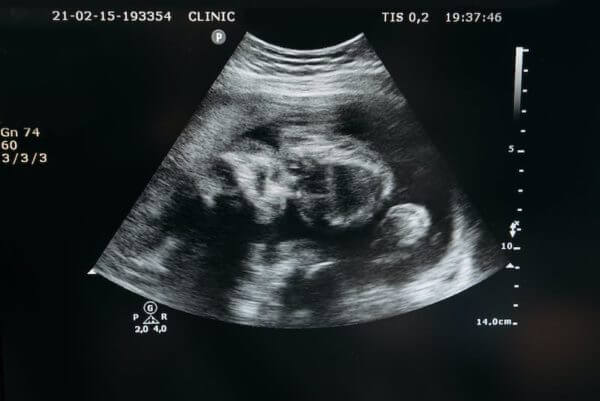Baby Gender Ultrasound: What to Expect
As expectant parents, one of the most exhilarating moments in your pregnancy journey will be finding out the gender of your baby. With modern technology now making gender ultrasounds available as early as 16 weeks into gestation, finding out their identity could not be simpler! Read on to discover everything you need to know for this process!

Table of Contents
What Is a Baby Gender Ultrasound?
A baby gender ultrasound is a medical test which utilizes sound waves transmitted through your skin to produce images of the interior of your womb. This procedure should typically be conducted around 20 weeks of gestation as part of prenatal care to identify gender and any abnormalities or health concerns that might exist within it.
What to Expect at a Baby Gender Ultrasound:
Preparation:
Prior to having an ultrasound scan, it is advised that you drink plenty of water and refrain from going to the restroom at least an hour beforehand in order to ensure a clear image is captured during your ultrasound exam.
Procedure:
At your ultrasound exam, you will lay on a table while being administered an ultrasound with a technician applying a special gel to enhance image quality. They then use an instrument called a transducer to emit sound waves into your womb that will bounce back out and create images on screen that help determine the gender of your baby.
Accuracy
While gender ultrasound tests tend to be accurate, there is always the chance that they could miss something or become misinterpreted, such as due to the baby’s position making it hard for technicians to view his/her genitals clearly.
Other Discoveries
In addition to determining your baby’s gender, ultrasound imaging can reveal other useful data regarding his or her health, such as the size and position of the placenta, the amount of amniotic fluid produced, development of major organs.

FAQs on Baby Gender Ultrasound
Is it Safe to Have One
Baby gender ultrasounds are considered a safe and routine part of prenatal care.
May I bring my partner or family member with me to an ultrasound
Many clinics and hospitals allow parents-to-be to bring someone they trust for support at an ultrasound.
What if I don’t want to know the gender of my baby?
Speak beforehand about not wanting to know, and they will refrain from showing relevant images.
Baby gender ultrasounds can be an exciting and memorable experience for expectant parents. By understanding what to expect during this process, you can prepare yourself and maximize this particular moment. Above all else, remember that the health and well-being of your child come first – even if the gender does not turn out how you imagined, celebrate their presence within you!

